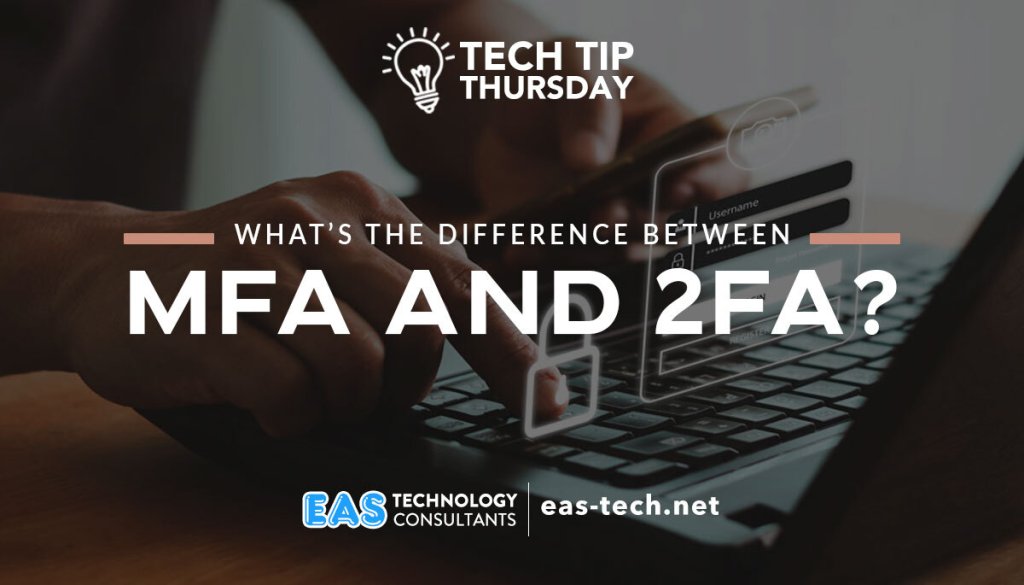
If you are like most people, the acronyms MFA and 2FA may be new to you. Don’t worry, you are not alone! These acronyms have been around for a while but sometimes they are used interchangeably which can cause some confusion. In this blog post, we will clear up the confusion and explain the difference between MFA and 2FA. Both of these security measures are important and play an important role in cybersecurity, so it is important to understand the difference between them.
What is Authentication?
Authentication is the process of verifying that someone is who they say they are. This can be done in a variety of ways such as passwords, PINs, tokens, biometrics, and more. Authentication is important for online security since it helps ensure that only authorized people are accessing protected data and systems.
There are three basic factors of authentication:
- Knowledge Factor – This is something the user knows, such as a password or PIN.
- Possession Factor – This is something the user has, such as a token or keycard.
- Inherence Factor – This is something unique to the user, such as their fingerprint or retina scan.
What is 2FA?
2FA stands for two-factor authentication and it is a security measure that involves providing two different methods of authentication when logging into an account. This means that in addition to your usual username and password, you would also have to provide something else such as a one time passcode (OTP) or biometric verification. The idea behind 2FA is to make it more difficult for hackers to gain access to your account by requiring two methods of authentication.
For clarification, using a password only would be considered 1FA, or one-factor authentication.
What is MFA?
MFA stands for multi-factor authentication and it is similar to 2FA in that it also requires two different methods of authentication when logging into an account.
The difference between MFA and 2FA is that MFA requires more than two methods of authentication. This means that in addition to your username and password, you would also have to provide something else such as a one-time passcode (OTP) or biometric verification.
Is MFA more secure than 2FA?
Yes, MFA is more secure than 2FA as it requires more methods of authentication. This makes it harder for hackers to gain access to your account and reduces the risk of unauthorized access.
It’s also important to note that while both MFA and 2FA are effective security measures, they are not foolproof. Hackers are always looking for new ways to bypass security measures, so it’s important to keep your systems up-to-date and use other security measures in addition to MFA or 2FA.
Conclusion
MFA and 2FA are both important security measures that help protect online accounts from unauthorized access. While they have similar functions, there are some key differences between them. MFA is more secure than 2FA as it requires more methods of authentication, making it harder for bad actors to gain access. However, it’s important to keep in mind that no security measure is foolproof and additional measures should be taken to protect your systems and data.
Need help implementing MFA?
EAS can help you deploy MFA to protect your critical systems and data. Simply visit our contact page to get started!
